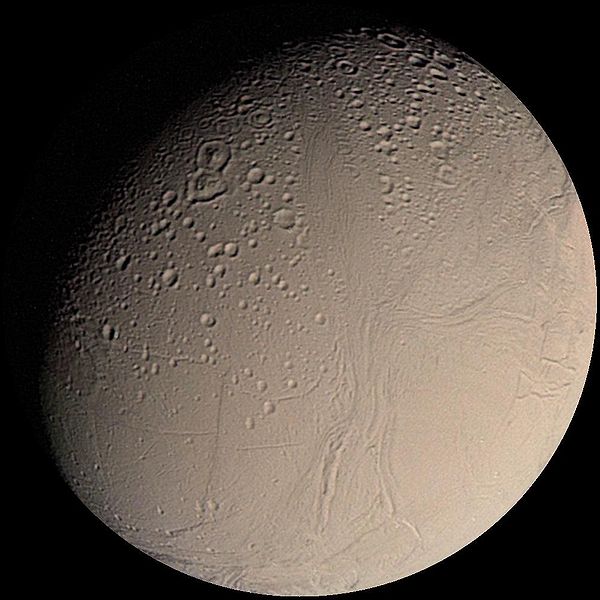Datei:Enceladus from Voyager.jpg

Gress dea Voaschau: 600 × 600 Pixel Weitere Auflésungan: 240 × 240 Pixel | 480 × 480 Pixel | 1.004 × 1.004 Pixel.
Version in hechara Auflesung (1.004 × 1.004 Pixel, Dateigress: 93 KB, MIME-Typ: image/jpeg)
Dateiversiona
Wensd auf an Zeitpunkt klickst, nacha konst a friaane Version lodn.
| Version vom | Vorschaubuidl | Dimensióna | Nutzer | Kommentar | |
|---|---|---|---|---|---|
| aktuell | 13:20, 17. Mer. 2005 |  | 1.004 × 1.004 (93 KB) | Bricktop | NASA image |
Dateivawendung
Seitn wo de Datei nutzn:
Globale Dateinutzung
D'noochéfóiganden åndern Wikis vawénden dé Datei:
- Vawendung af af.wikipedia.org
- Vawendung af ar.wikipedia.org
- Vawendung af ast.wikipedia.org
- Vawendung af azb.wikipedia.org
- Vawendung af ba.wikipedia.org
- Vawendung af beta.wikiversity.org
- Vawendung af be.wikipedia.org
- Vawendung af bg.wikipedia.org
- Vawendung af ca.wikipedia.org
- Vawendung af ca.wikinews.org
- Vawendung af ckb.wikipedia.org
- Vawendung af co.wikipedia.org
- Vawendung af cy.wikipedia.org
- Vawendung af da.wikipedia.org
- Vawendung af de.wikipedia.org
- Vawendung af de.wikibooks.org
- Vawendung af de.wikinews.org
- Vawendung af de.wiktionary.org
- Vawendung af el.wikipedia.org
- Vawendung af en.wikipedia.org
Weitere globale Verwendungen dieser Datei anschauen.

